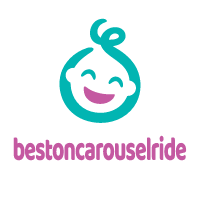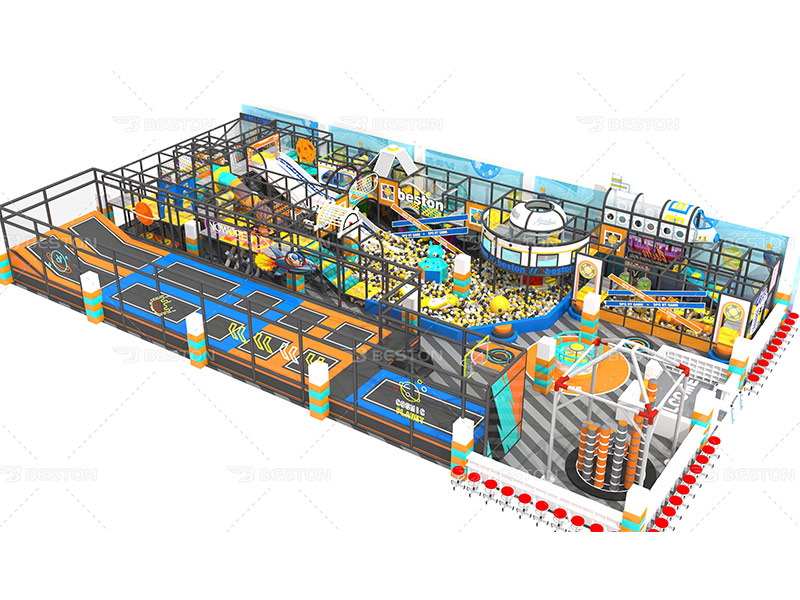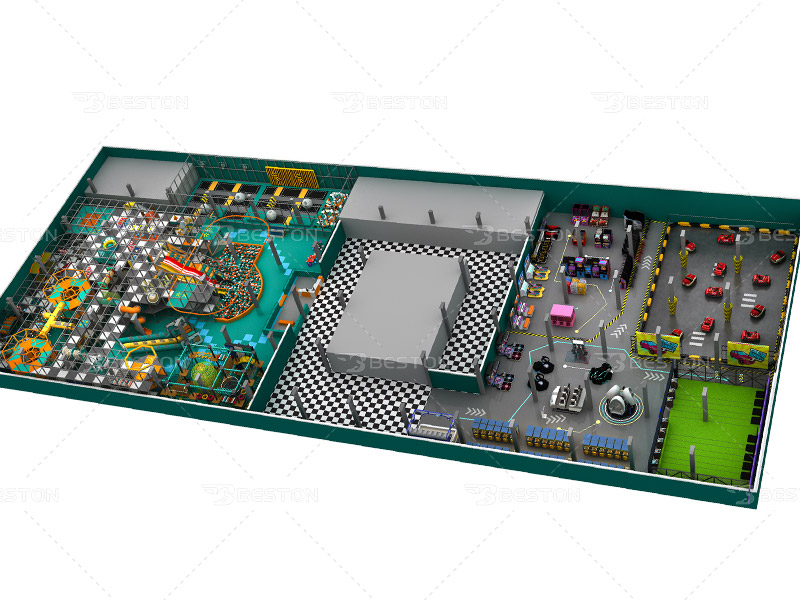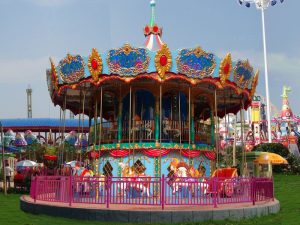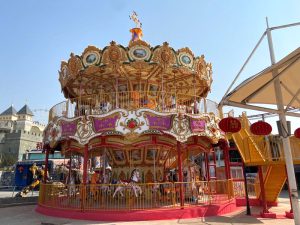Pirate ship rides have long been a staple of amusement parks, captivating riders with their thrilling swings and immersive theming. From the moment visitors lay eyes on these towering vessels, adorned with Jolly Roger flags and intricate details reminiscent of a bygone era, they are transported to the adventurous world of pirates and high seas.
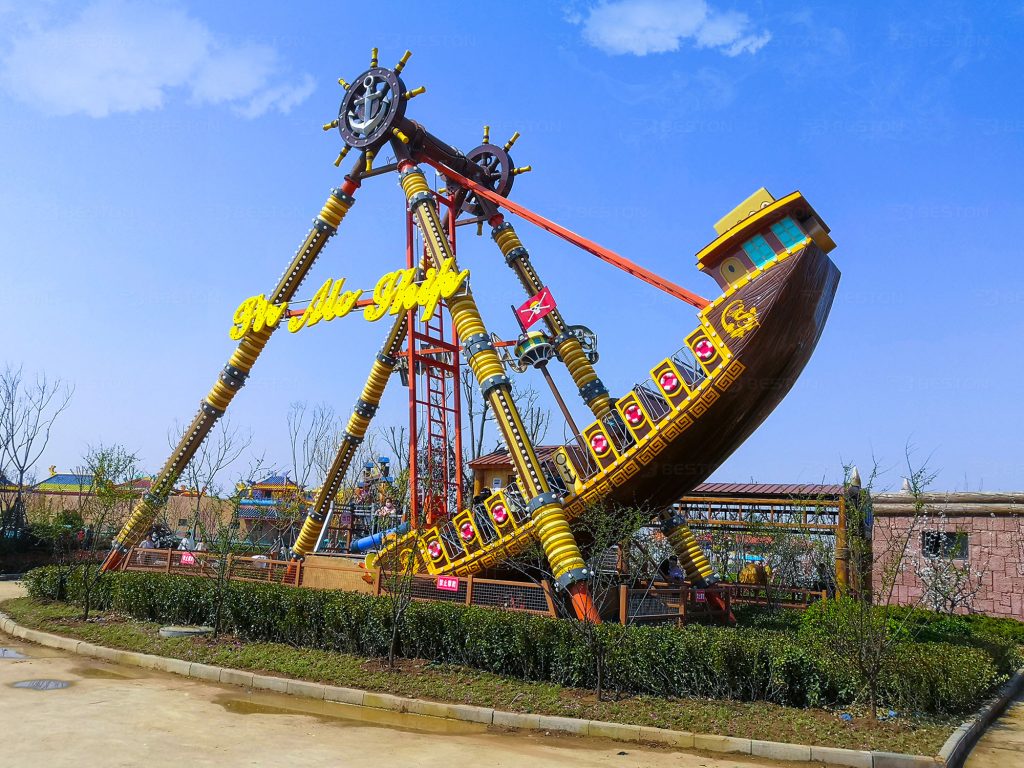
At the heart of the excitement of pirate ship rides lies their sensational motion. The swinging pendulum-like action of the ship mimics the rolling waves of the ocean, creating a feeling of weightlessness and exhilaration for riders. With each swing, the ship gains momentum, reaching greater heights and angles, eliciting screams of excitement and joy from passengers. The anticipation builds as the ship reaches its peak, then plunges back down with a thrilling rush, leaving riders breathless and craving more. Click here to learn more: miami fairground ride for sale.
One of the most appealing aspects of pirate ship rides is their versatility in catering to riders of all ages and thrill levels. While some rides offer gentle swings suitable for families and young children, others provide more intense swings and steeper angles for thrill-seekers seeking an adrenaline rush. This adaptability ensures that everyone, from the youngest buccaneers to the most daring adventurers, can enjoy the excitement and thrills of the ride.
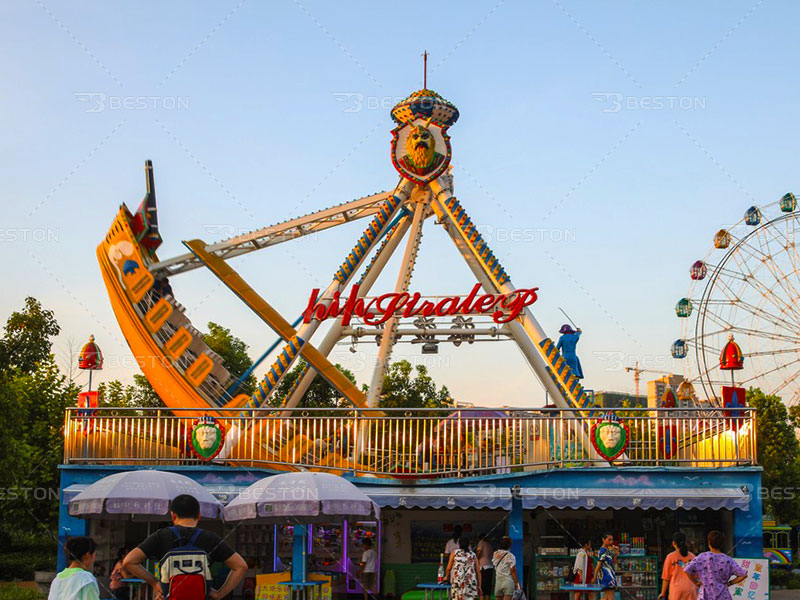
Beyond their thrilling motion, pirate ship ride for sale are also beloved for their immersive theming. From the moment riders step aboard the ship, they are enveloped in a world of swashbuckling adventure and piracy. Elaborate theming elements such as weathered wood, tattered sails, and hidden treasures add to the authenticity of the experience, transporting riders to a time when pirates ruled the seas. The sights, sounds, and even smells of the ride create a truly immersive environment that enhances the overall excitement and enjoyment.
In addition to their thrilling swings and immersive theming, pirate ship rides also offer spectacular views of the surrounding area. As the ship swings back and forth, riders are treated to breathtaking vistas of the amusement park landscape or the bustling activity below. The combination of thrilling motion and scenic views creates a multisensory experience that leaves a lasting impression on riders long after the ride has ended.
Pirate ship rides are not only exciting for riders but also highly popular among amusement park operators for their high capacity and throughput. With their large gondola or seating area, pirate ship rides can accommodate a significant number of passengers per hour, minimizing wait times and maximizing guest satisfaction. This efficiency makes amusement park equipment for sale an attractive investment for amusement parks and fairgrounds looking to offer thrilling experiences to their guests.
In conclusion, pirate ship rides are the epitome of excitement and adventure in amusement parks. With their thrilling swings, immersive theming, versatility, and spectacular views, these rides offer an unforgettable experience for riders of all ages. Whether you’re a daring adventurer seeking thrills or a family looking for fun and excitement, a pirate ship fairground rides for sale is sure to deliver an unforgettable adventure on the high seas of the amusement park.
